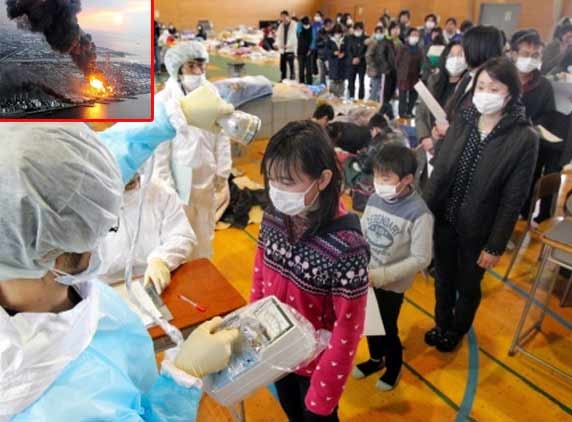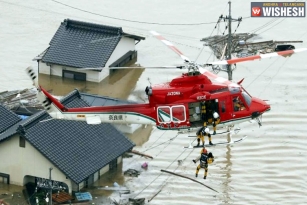
After the dangerous disasters of the Fukushima Nuclear Plant, a few scientists have found out that the aftereffects of the nuclear disaster are beginning to surface slowly. The radioactive fallout in the reactors have shown their effects that are obvious in the pale grass blue butterflies. A university has revealed that a study has shown three generations of butterflies that were affected and mutated. This could also be warning that other species of insects, animals and possibly humans could also have a few mutated genes after the effect of the Tsunami and earthquake that struck in 2011.
Scientists conducted tests after collecting a few insects only two months after the disaster to study the effect of the radiations on them. The tests have revealed that the insects had unusually mutated physical changes which might be inherited by the later generations. In their findings, the pale grass blue butterflies had notably smaller wings, other physical changes in the legs and antennae of the animals secured from the disaster struck area.
These butterflies are the common species that are found in Japan. It was established that there were genetic changes in the butterflies due to the radionuclides.
The susceptibility of the animals to the radiations would vary from species to species and only tests on other animals would reveal the truth, Joji Otaki, from University of the Ryukyus in Okinawa said. 12% of the 121 pale grass blue butterflies which were subjects of the test were found to have smaller wings and other such abnormalities.
(AW- Anil)


























